Trimming a bird's beak sounds kind of scary, but it is a necessary procedure for some pet birds. Much like our fingernails, a bird's beak is made of keratin and grows continuously throughout its life. Because of this, the beak must be constantly ground down—either via the bird's everyday activities or a manual beak trim—for it to stay healthy and function properly.
Bird Beak Maintenance
Normally, a healthy bird's daily activities include plenty of chewing, eating, and foraging, which helps to naturally keep the beak ground down to the proper length and shape. Birds are often observed rubbing their beaks on rough surfaces, which also helps to maintain the beak.
Most pet birds that are provided with safe, chewable items, such as natural wood perches and cuttlebones, are able to keep their beaks in good shape. Certain foods, such as unshelled nuts, also can help to wear down their beaks—though it's important to make sure these foods are part of a healthy bird diet.
On occasion, a bird's beak might become overgrown or oddly shaped. This might be due to an injury, certain medical conditions, or a lifestyle that simply doesn't give the bird enough opportunities to wear down its beak. And when this happens, a beak trim (and potentially other medical care) is necessary to fix it.
The Beak-Trimming Process
Unless you're experienced in veterinary medicine, you should never attempt to trim your bird's beak yourself. To do so could risk injury to both yourself and your pet.
So if you notice your bird's beak looks too long, uneven, or otherwise abnormal, the first thing you should do is schedule an appointment with an avian vet. Your vet will need to examine your bird to determine the cause for the beak abnormality and the proper steps to correct it. Besides a beak trim, they also might have to treat an underlying medical condition.
When your bird gets its beak trimmed, the vet will use a special file—much like a Dremel tool—to gently whisk away the excess layers of the bird's beak. Filing the beak in this manner closely mimics the erosion of the beak from everyday life, allowing for a more natural look to the finished beak and minimizing the risk of injury to the bird.
Understandably, a vet visit and beak trimming can be stressful for a bird. After your appointment, it's best to take the bird directly home from the vet's office and place it in a quiet, familiar spot in your home. Reassure your pet, but try to avoid excessive cuddling. Most birds will prefer to be left alone for a while after enduring a trip to the vet. Provide fresh water and plenty of tasty foods, and do not allow visitors or other family members to disturb the bird for several hours or until it has resumed its normal demeanor.
Ask your veterinarian about the possibility of light sedation for a trim if your bird is very stressed; this can be very helpful not only to your bird throughout the trim but for the hospital staff as they work to ensure your bird's safety.

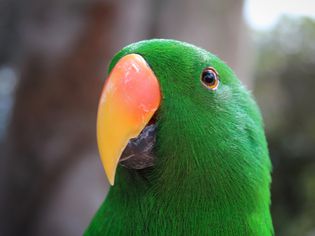
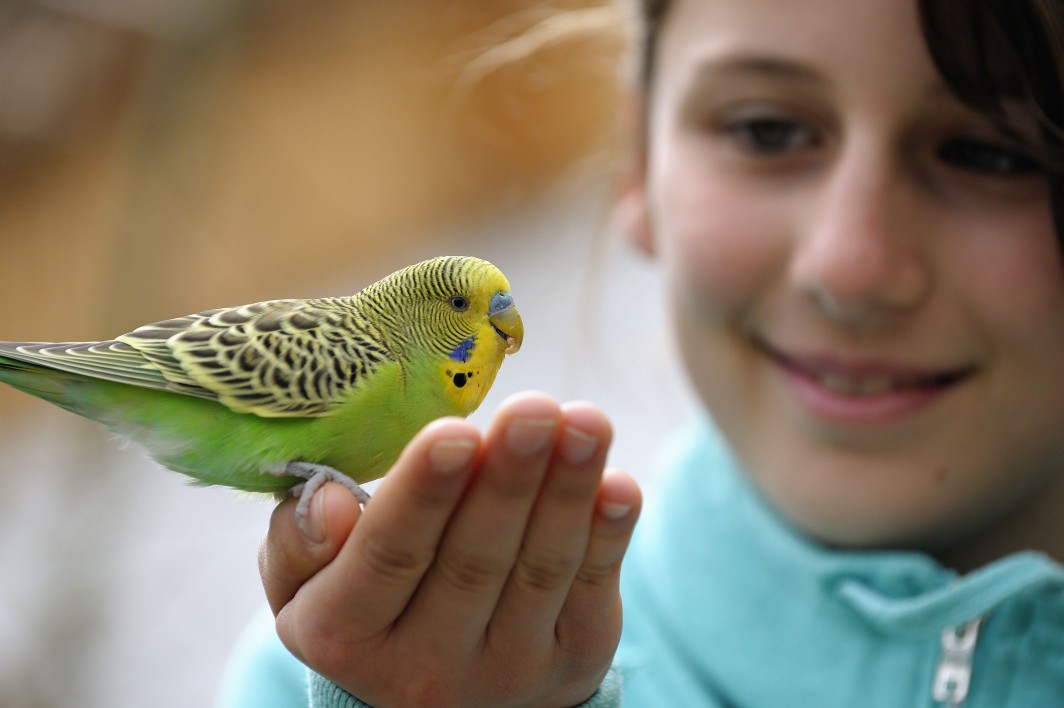
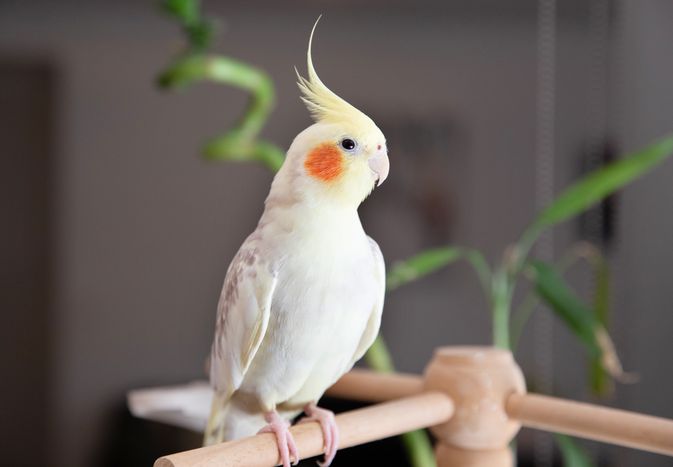
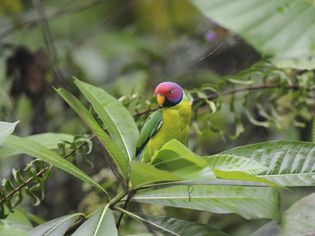
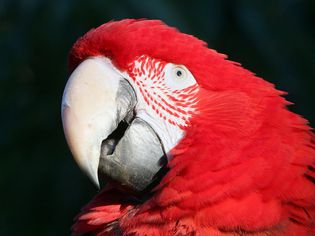
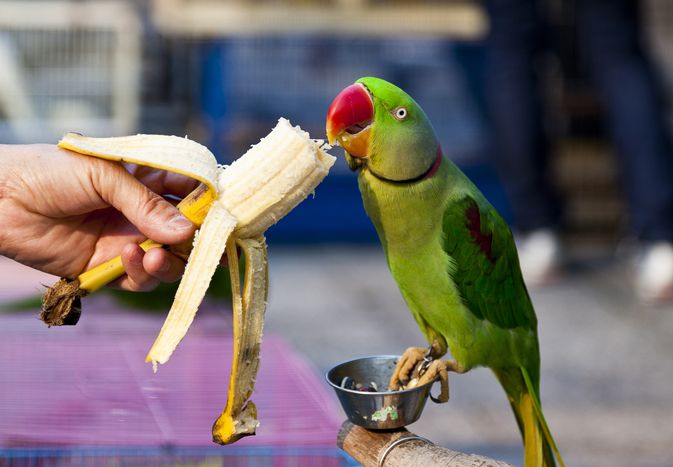
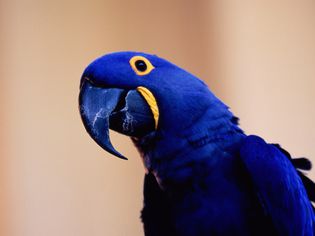

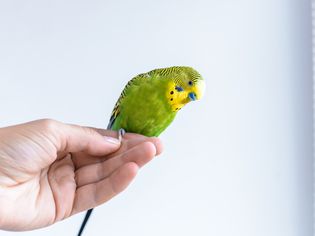
Comments on " Does Your Bird Need a Beak Trim?" :